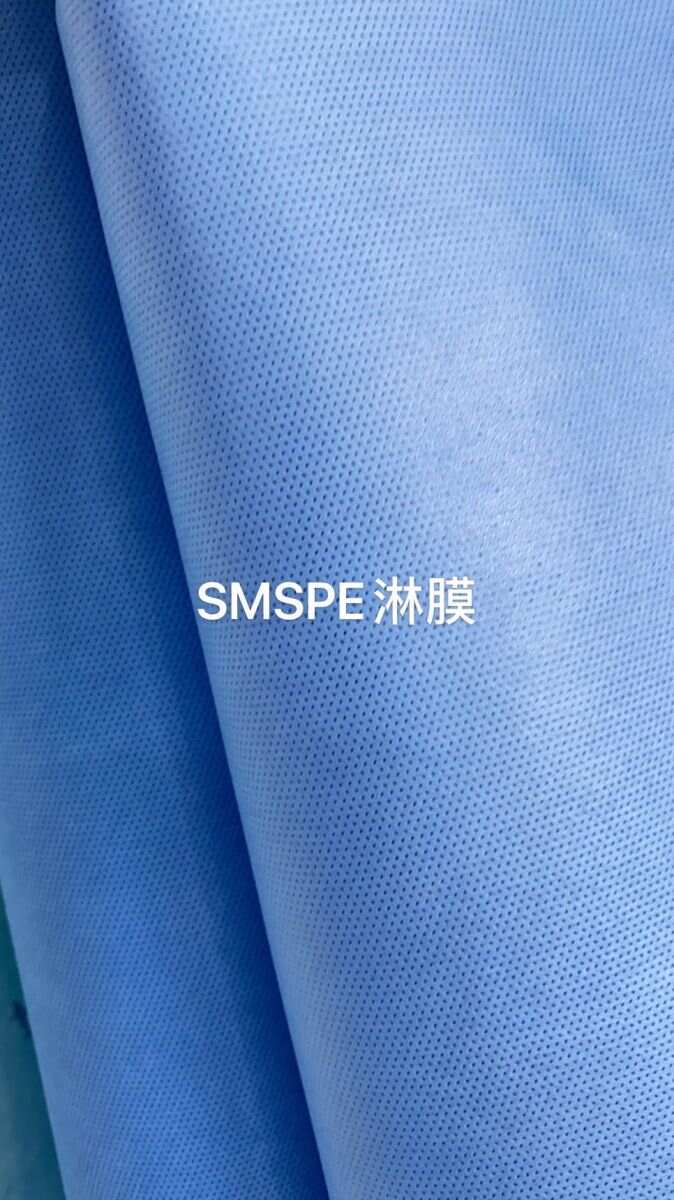SMS coating

Spunbond Meltblown Spunbond, commonly known as SMS is a tri-laminate nonwoven fabric. It is made up of a top layer of spun-bond polypropylene, a middle layer of melt-blown polypropylene, and a bottom layer of spun-bond polypropylene.
How is SMS manufactured?
This fabric involves two components, spun-bond polypropylene, and melt-blown polypropylene. In a previous article, we briefly looked at the manufacturing process of spun-bond polypropylene where we compared it to spun lace click here for more information So, let’s turn our attention to the melt-blown process. This process was started over 75 years ago by the US Naval Research Laboratories. The research was brought about by the desire to collect radioactive particles from the layers of Earth’s upper atmosphere. To do this, it was necessary to produce fibers to be used in micro denier filters.
In the early 1970s, the first unit was completed to produce micro denier webs leading to the manufacture of fabric from the polymer using a single integrated process. The process today starts with thermoplastic chips being melted and then extruded. To date, Polypropylene has been the most widely used polymer for melt-blown technology. The extrusion is then constantly filtered and metered to produce the filament. The use of high-velocity air stretches the filaments to finer diameters and ensures thickening occurs as well as better random laying of the filament. Whilst SMS can be produced offline by laminating layers of spun-bond and melt-blown webs, multi-denier spinning allows for the combination of spun-bonded and melt-blown materials into one nonwoven web. This web is then pre-bonded and passes through calendar rollers for thermal bonding.
What are the applications for SMS?
Filtration – this is a huge market for SMS and includes surgical face masks, gas, and liquid filtration as well as cartridge filters. Medical uses of SMS are varied including gowns and masks.
Insulation – SMS has wide-ranging insulation uses including for example acoustic insulation in dishwashers.
Medical Healthcare and Sanitary products – As SMS can be treated with additional repellents to withstand for example alcohol, oil, and blood, this makes it an excellent fabric for the medical industry. Typical uses are surgical drapes, gowns, sterilization wraps, disposable patient sheets, female sanitary products, nappies, and incontinence products.
